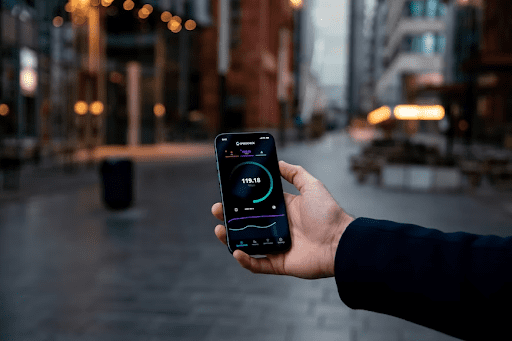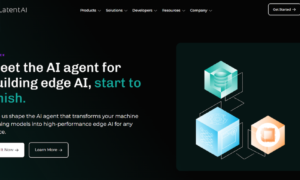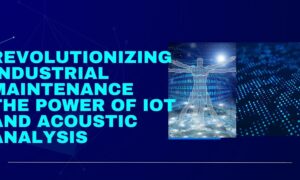The Internet of Things is one of the technologies that are already widely applied in many smart solutions for businesses and everyday use. And it may seem that IoT has already reached the highest peak of its development. But it is rather far from being true. There is still a lot of space for improvements and for delivering new IoT-powered innovations.
In this article, we offer to consider what will be the next steps in the IoT evolution, how solutions will change over time, and what, in general, we can expect from the Internet of Things in the future.
Already today the global IoT market size is quite impressive. According to various studies, in 2022 it was around $250 billion. But in 2030, we will be able to see even more impressive figures as analysts predict that the market value will reach $620 billion which will indicate a triple growth over a decade. And together with the market growth, we can also expect to see significant improvements in various aspects, like security.
However, already today you can get highly reliable feature-rich IoT systems fully tailored to your business needs. That’s why for those who are planning to launch such a product, services of IoT development by Cogniteq can become a good choice.
So, what’s next for IoT?
IoT and AI
Thanks to their capacities, the Internet of Things and Artificial Intelligence can form a perfect duo. IoT can help you to gather various types of data but this data will be valuable only if it is processed in a proper way.
How can AI help in this case? One of the first points is the possibility to detect trends in various parameter changes, as well as to define patterns and consequences, which can be helpful for further forecasts, risk mitigation strategies, and predictive maintenance (some of these possibilities are already being actively used nowadays). Thanks to predictive maintenance and timely taken measures, companies can seriously optimize maintenance costs and avoid risks of unexpected downtimes.
AI can be also used for detecting fraudulent activities or predicting various things like driver insurance premiums based on the information gathered about a person’s driving behavior.
There is also an advanced level of AI usage. Thanks to AI tools, IoT systems can provide autonomous or adaptive responses to various data changes. For example, when a patient’s vital parameters reach critical levels, the system can either send notifications to authorized users and medical staff or undertake some measures like changing insulin delivery levels in accordance with the patient’s state.
Security enhancement
Despite the huge advances in the IoT sphere that we can observe today, the issues with IoT security and data privacy remain to be rather pressing. Today many companies are trying to deliver their solutions to the market as soon as possible, paying special attention to the functionality and cutting-edge features of their apps that will wow the audience.
But at the same time due to the limited timeframes, privacy and security questions have rather low priority. Of course, when we are talking about smart toys for pets or smart aquariums that can automatically feed your fish, we should admit that such solutions usually do not attract hackers’ attention.
But do not forget that there are a lot of smart devices that for their functioning need to gather your sensitive information or information about your children and their location and it is a completely different story. This data can already represent a special interest for hackers as they can try to earn really a fortune if they get access to this information and manage to use it in their own interests.
That’s why it is sensible to suppose that in the near future developers will concentrate their efforts on finding new ways to protect IoT systems from hacker attacks and to deliver better-protected solutions.
Circular economy
It is expected that IoT solutions will help us in building a higher social responsibility and sustainability. Such tools can be of great use for increasing energy efficiency and minimizing waste.
For example, thanks to predictive maintenance we can extend the use cycle of the equipment. With the help of smart home solutions, we can better control the use of energy and water. By having improved data related to the use history and condition of different machinery and devices, businesses can make better decisions on the possibility to reuse or recycle them.
Final word
As you can see, despite the high level of IoT development that we can see already today, there are still some aspects that can be enhanced as well as there are some spheres that haven’t been closely explored by IoT developers yet. It means that given the benefits that such solutions bring to our life, it is undoubtedly that the Internet of Things is here to stay. But it is really interesting to try to predict what this tech will look like in the future.


































